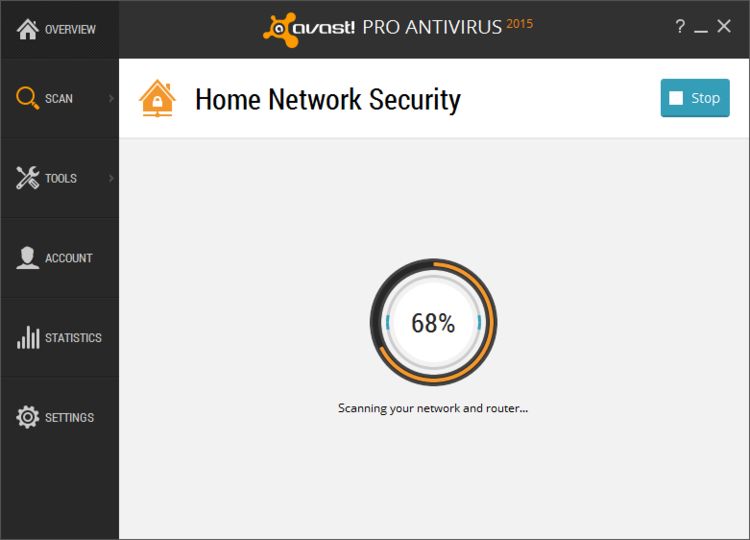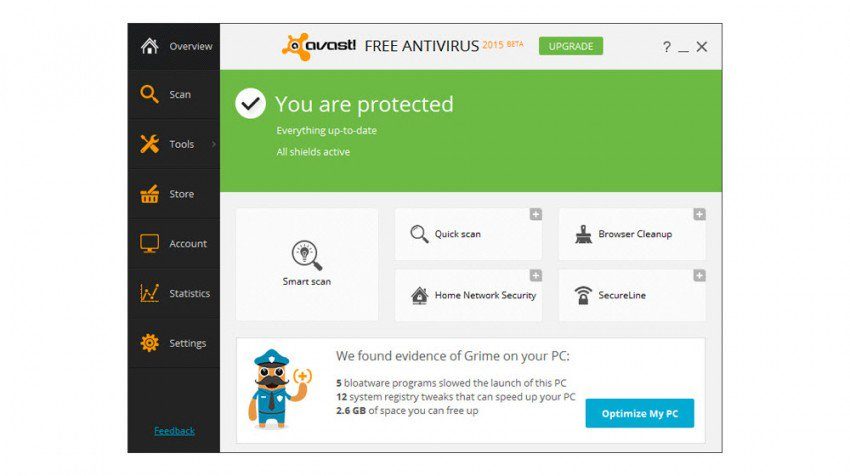
Reed explained that it only checks files against 94 rules, “a tiny fraction of the rules found in any more powerful antivirus engine.” Kirk McElhearn, co-host of Mac security firm Intego’s podcast and a writer on malware topics, concurs that XProtect only looks out for “a handful of strains of malware.” In addition, XProtect’s list of malicious file signatures is hardly all-encompassing. “The nature of sandboxing on MacOS actually restricts antivirus software.” “For example, torrent software often doesn’t, while at the same time being used heavily in piracy.” “Adding that flag is not a requirement, and not all software does ,” he explained. Told me that the defenses aren’t as comprehensive as it seems.

Thomas Reed, Director of Mac & Mobile at security firm The MacOS layer of security relies on Apple adding quarantine tags to suspicious or outright malicious software, which in turn results in the warning dialogue you see when you try to open them. Image used with permission by copyright holderīut there are gaps in the armor that protect Mac users’ systems. On top of that, all apps are sandboxed, meaning they can only do what they’re meant to do, without being able to access critical system infrastructure and settings. And now, Apple has even started notarizing apps so that they can prove they are trustworthy. Gatekeeper, meanwhile, will prevent the app from opening without your permission if it hasn’t been digitally signed as safe by Apple. It works invisibly in the background, meaning it needs no maintenance or activation and doesn’t slow down your Mac. For example, when you download an app off the internet, your Mac checks it against a list of known malware apps using XProtect.

IMac 27-inch: Everything we know about Apple’s larger, more powerful iMacĪnd Macs really do have some stellar built-in tools that protect you right off the bat.
#Avast antivirus review mac how to
How to take a screenshot on your Mac: the best methods in 2023 This dangerous new Mac malware steals your credit card info


 0 kommentar(er)
0 kommentar(er)
